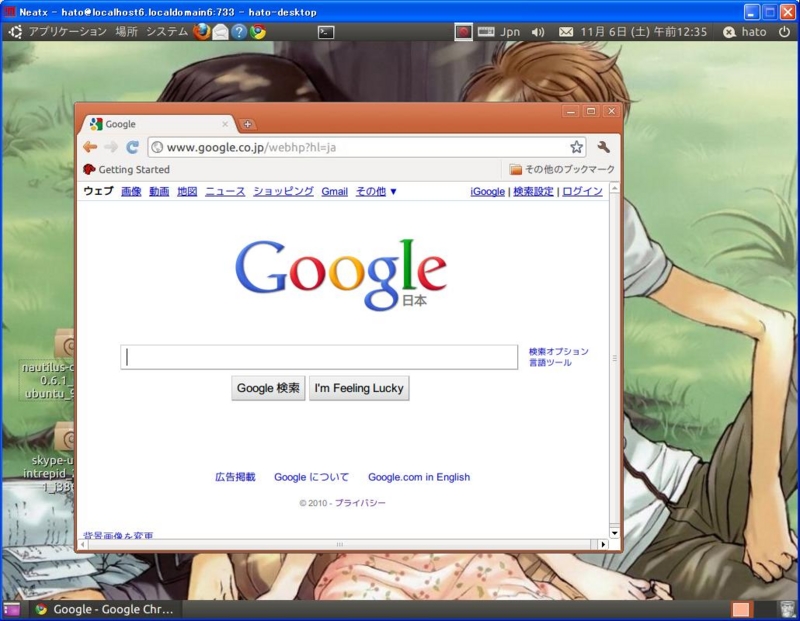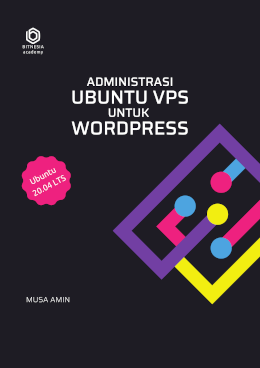
I’m going to use Ubuntu as the SO of the CI because it has a strong community that will provide you support for any issue you may encounter and my personal recommendation is always to use the last LTS version, currently 16.04 LTS. Android App configuration requirements.Install Docker to run a MySQL server and SonarQube in their own containers, to perform static code analysis triggered by Jenkins.Install Jenkins CI as a service to pull, compile, and run tests of an Android multi-module project hosted in GitHub.


Configure a fresh Ubuntu installation to be able to run the Android SDK.The goal of this article is to summarize the installation steps for me as future reference and for any developer that may be interested in setting up its own CI server, I will explain how to: I have recently acquired a new MacBook Pro as my main Android development machine and instead of selling or giving away my old Mac BookPro (13", late 2011, 16GB RAM, 500G SSD, Core i5 2,4GHz, 64Bit) I have wiped it out and turned it into a Continuous Integration Server with dual boot MacOS-Ubuntu. How to set up a Continuous Integration server for Android development (Ubuntu + Jenkins + SonarQube)


 0 kommentar(er)
0 kommentar(er)
